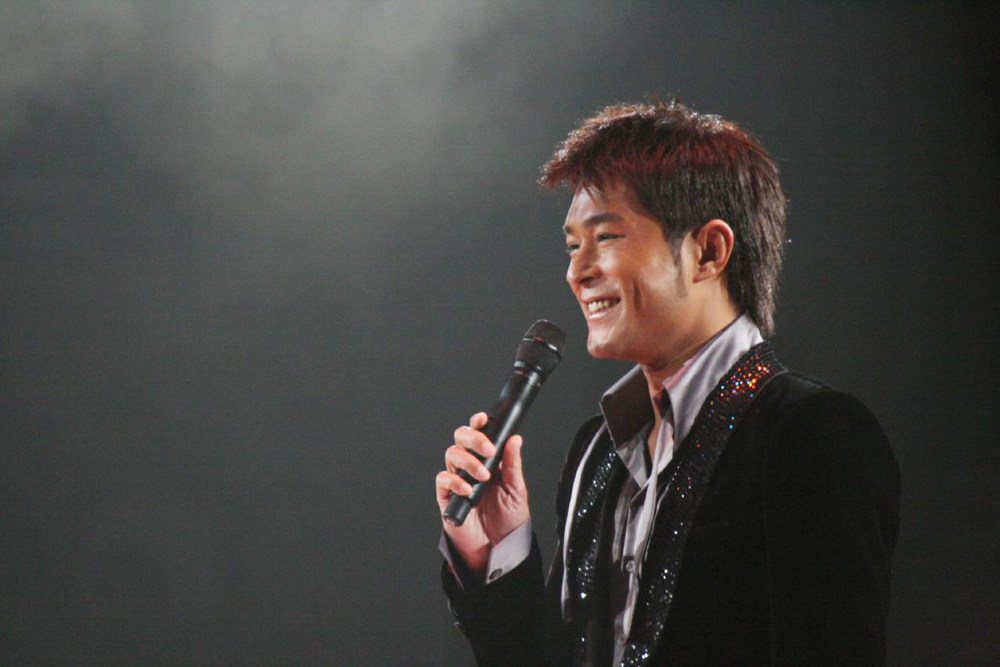Dark Dreams Don’t Die, a modern adventure game with a focus on dialogue and exploration, is the brainchild of Hidetaka Suehiro, also known as SWERY in the video game community. Suehiro came into his fame with the critically acclaimed though somewhat technically mangled Deadly Premonition, a satirical thriller set in the Pacific Northwest that generously fused elements from Twin Peaks with both Japanese and American mystery tropes.
Audiences raved about Deadly Premonition’s deep story, strange but sympathetic characters and bizarre twists. A fervent community cropped up around the game, evangelizing its many good qualities and smoothing over its shortcomings. Now, with the release of D4, Suehiro’s first big game since Deadly Premonition, one question lingers: Can he do it again?
Luckily, Suehiro comes through. The game capitalizes on all the qualities that made Deadly Premonition great and still manages to forge its own personality, and even if it falls into some familiar traps along the way, they’re miniscule enough to be forgiven.
D4 tells the story of David Young, a consultant for the Boston Police Department still grieving over the death of his murdered wife, who he oddly refers to as Little Peggy. On the same night that Little Peggy was murdered Young was shot in the head, giving him the power to travel back in time using mementos, inanimate objects with strong emotional links. As Young, you search for mementos and dive into the past to find clues about your wife’s killer, the elusive D.
The plot is scattered, but easily strung along by the personal tales and quirks of the game’s characters. Collectables come with genuinely hilarious text attached, and offer satirical critiques of everything from American and Japanese culture, to modern art and sports fanaticism. Thoroughly exploring environments reveals clever, if head-cocking, Easter eggs.
It’s a shame, then, that the game has been selling so poorly.
When D4 was originally announced it was heavily tied to the Xbox One’s Kinect peripheral, the often maligned motion-tracking camera. Much to my surprise, D4 not only benefits from its integration with the Kinect, but ends up being the preferred way to play the game.
D4’s action scenes are as plentiful as they are bizarre. They have you moving, swiping and reaching in time with what’s happening on screen. That could be something as mundane as closing a door or wiping grime off a sign, to something as crazy as engaging in hand-to-hand combat with your neighbor who firmly believes she’s a cat.
It might sound hokey, but using the Kinect is a surprisingly effective way of immersing yourself in the game’s utter insanity.
One of the most common mechanics you’ll use is Detective Mode, which highlights all of the interactive objects in the environment. To activate this mode, you physically raise your fingers to your temples like a cable television psychic in deep concentration. The act never stops feeling dumb, but there was a certain kind of joy in such a cheesy thing. That’s D4 in a nutshell.
In my opinion, playing D4 with the Kinect is the best way to enjoy the game, but I can’t slight anyone for not having that opportunity. Microsoft recently began offering a cheaper version of the Xbox One sans Kinect, a decision that was made well after D4 went into development. It would be lunacy to suggest someone break their student budget and pay an extra $100 just to play a game “the best way.”
D4 is perfectly playable with a traditional controller, but your interactions are largely relegated to button presses that aren’t quite as fun but get the job done. If nothing else, the story and character interactions will keep you coming back for more.
Reeling from a console launch fraught with criticism, Microsoft seems to be sweeping most of its Kinect-focused games under the rug. The same seems to have happened with D4, and Suehiro has been vocal on Twitter about the lack of marketing the game has received. Announced mere hours before its release, D4 has all the hallmarks of a piece of media sent out to die.
Lashed to the stern of a peripheral few wanted, seemingly shafted on marketing and battling uphill against the stigma of Japanese games largely being rejected by Western audiences, it’s no surprise D4 has been doing so poorly.
One of the most staggering losses in regards to D4’s mishandling is that it is an episodic game, meaning that D4’s story was meant to be told over numerous installations, like a season of television. That means Young and the player alike may never find the closure they deserve.
Like its predecessor’s inspiration Twin Peaks, D4 might be the one that got away. If nothing else, it’s slated for a cult classic status. Though fans can always hope for the impossible and that, like the recent news of the Twin Peaks revival, D4 might rise again.







